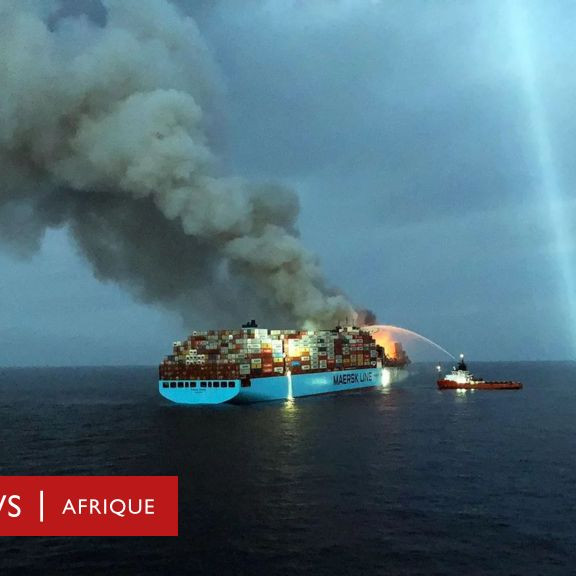Use case Marine
Electrical incident on board the container ship DALI – Baltimore, 26 March 2024.
The context
On 26 March 2024, the container ship DALI (9,960 TEU, 300 metres long) collided with a pier on the Francis Scott Key Bridge in Baltimore, leading to its partial collapse and causing major damage to port infrastructure and local shipping. The incident had a considerable impact on sea and land traffic, disrupting one of the key freight transport routes on the East Coast of the United States.
Source : NTSB.GOV
The incident: an electrical fault causing the disaster
According to preliminary reports from the National Transportation Safety Board (NTSB), the accident was preceded by an electrical failure on board the vessel, leading to a loss of propulsion and control as the DALI left the port of Baltimore. This failure prevented the crew from manoeuvring properly, leading to the collision with the bridge pier.
Source : Marine Investigation Preliminary Report
Potential causes of this electrical failure include:
- Short-circuit in the ship's electrical distribution system.
- Failure of the main generator or a critical circuit breaker.
- Poor maintenance of electrical equipment, leading to overload or sudden failure.
- Problem in the thruster control system, preventing the crew from reacting in time.
Without a stable power source, the auxiliary systems and navigation controls were temporarily out of action, making it impossible to avoid the obstacle.
Consequences of the incident :
- Collapse of the Francis Scott Key Bridge, a key element of the regional motorway network.
- Major disruption to maritime traffic, with the port channel temporarily blocked.
- Major economic losses for port logistics and companies dependent on maritime transport.
- Federal investigation underway, with implications for ship electrical safety standards.
Prevention and technological solutions
An advanced electrical incident detection system, such as the E-PREDICT developed by HDSN, could have played a crucial role in preventing this disaster. Designed specifically for marine environments, E-PREDICT is capable of detecting signs of overloading, abnormal heating or electrical micro-arcs at an early stage. Such technology could have :
Alert the crew in real time to an imminent electrical risk.
Enable rapid intervention to avoid total loss of propulsion.
Reinforce the reliability of the ship's electrical network by monitoring voltage and current anomalies.
The integration of intelligent solutions in ships' electrical switchboards is becoming a necessity to guarantee the safety of critical infrastructures and limit the risk of breakdowns leading to major accidents.
Discover the solution to prevent these incidents
This incident highlights the crucial importance of proactive monitoring of electrical systems, particularly in sensitive sectors such as shipping. The adoption of predictive technologies could significantly reduce the risk of electrical incidents and prevent similar disasters in the future.
Discover E-PREDICT Marine
Solution dedicated to the prevention of electrical incidents in the marine environment
A better understanding of E-PREDICT technology
Algorithms, sensors, AI…
A concentrate of technology for your safety.
Contact us for a free layout study
E-PREDICT’s technology improves operational efficiency while guaranteeing safety.






